The upcoming art exhibition of Anthony Lucian Cauchi entitled Timeless Hues at the Waterfront Hotel in Sliema offers a rare opportunity to experience the creative vision of one of Malta's most respected and versatile artists. Running from today until 30 May, this art exhibition brings together an interesting selection of Cauchi's paintings that reflect his deep engagement with Maltese life, religious iconography, and the island's rich tapestry of architecture, myths, legends and traditions.
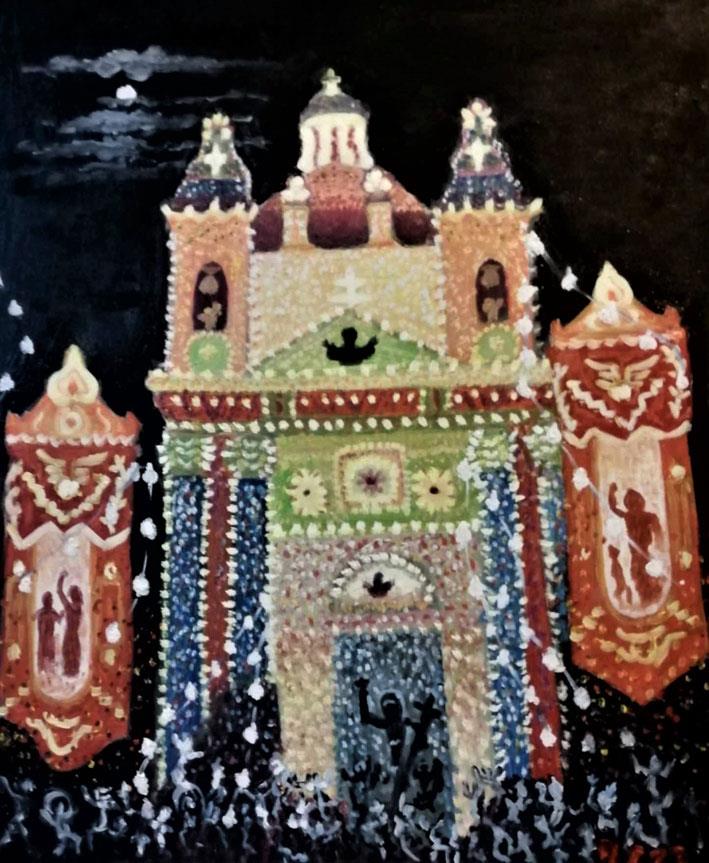
Born in Qormi in 1948, Cauchi has built a remarkable and multifaceted career spanning sculpture, ceramics and painting. His formal education began at Malta's School of Art, where he was trained under the watchful eye of established masters such as Esprit Barthet, Harry Alden and Vincent Apap. Cauchi continued his studies at the Accademia Pietro Vannucci in Perugia, Italy, where he was mentored by Professor Bruno Orfei. "In Perugia, Professor Orfei influenced me a lot in art and perception of what surrounds us," Cauchi relates. "He inspired us Maltese students to visit exhibitions and museums, and to look at art as something living."
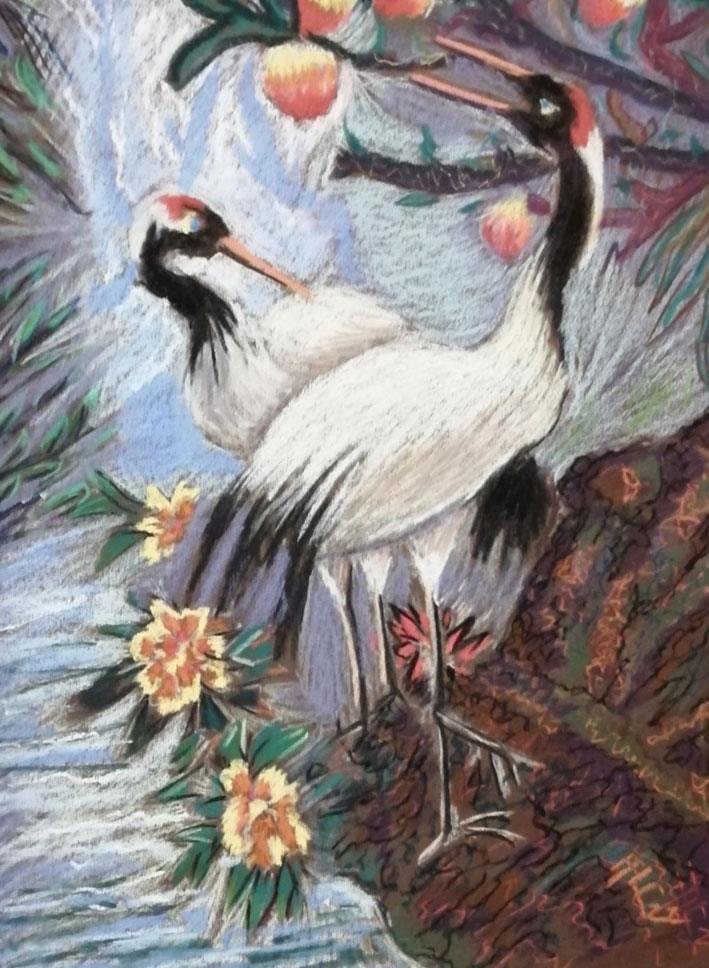
The artist's life-long interest in Malta's spiritual and folkloric traditions began early. "From a very young age, my grandfather, a religious sculptor by hobby, would take me around various chapels in Qormi and encourage me to paint what I observed, Cauchi explains. These early experiences laid the foundation for a lifetime of artistic exploration rooted in the Maltese soul.
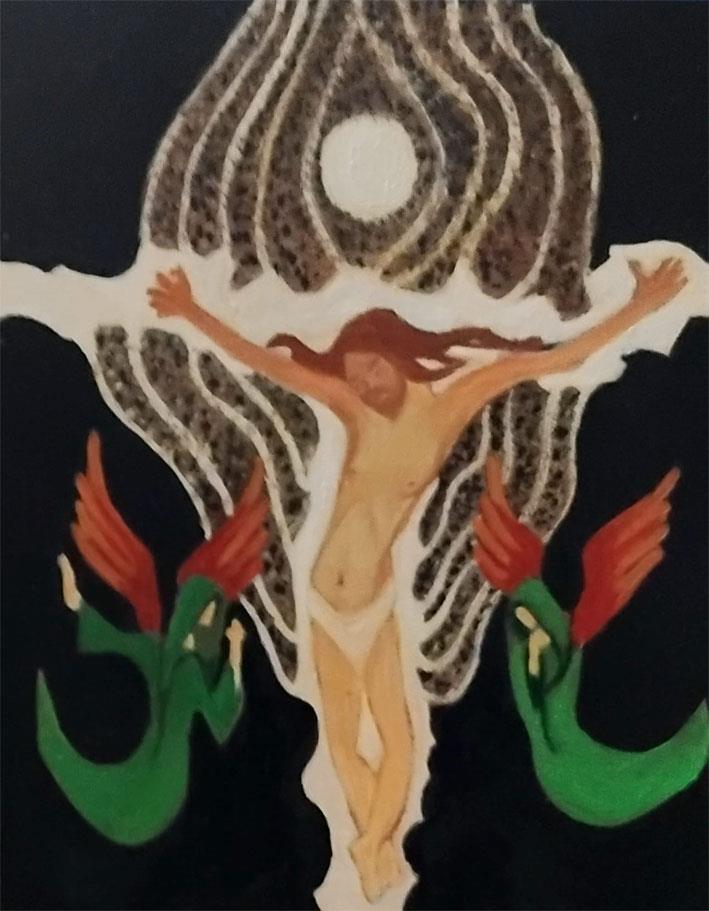
Cauchi's paintings are expressive and atmospheric, often combining figuration with a symbolic sensitivity. Working primarily in pastel, though also adept with oil, acrylic and ceramics, his style is flexible and responsive. "I work with all these mediums at the same time, especially in the evening," he says. "I love large paintings, but I do both small and large in ceramics too." His artistic process is intuitive, guided by emotion, observation and environment. Whether capturing a solemn religious scene or the animated spectacle of a festa, his work seeks to evoke feeling and contemplation.
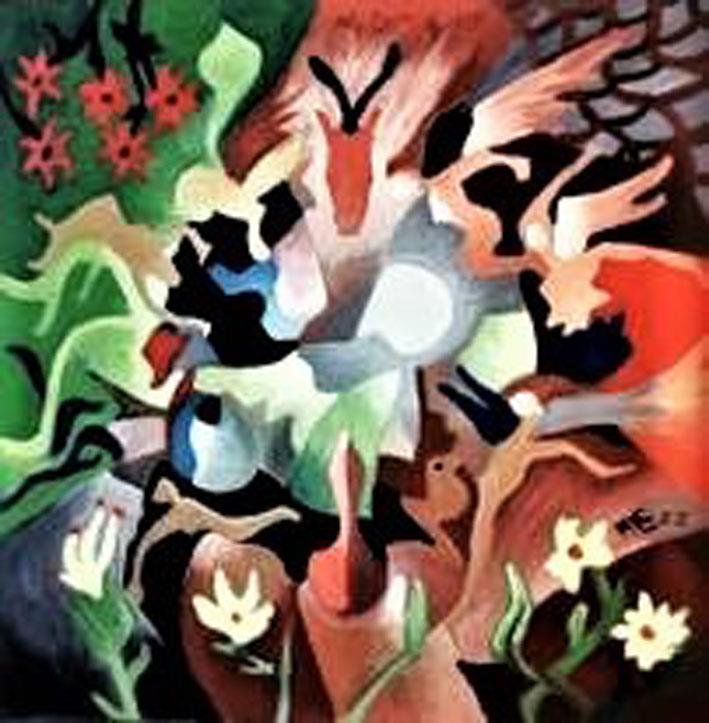
Religious imagery plays a central role in Cauchi's oeuvre, though it is approached with a personal sensibility. "Although I love the religious paintings in churches and chapels, I try to include religious art in my thinking," he notes. One striking example in this exhibition is his contemporary interpretation of the Crucifixion, a powerful image that is both reverent and emotionally raw. In contrast, his painting of a Maltese village festa bursts with movement, colour, and local character, celebrating communal identity in all its sensory fullness.

Cauchi is also deeply inspired by the natural world and human emotion. "I observe most exhibitions, animals in zoos, music on television, even films," he says. "I used to ride horses, and I still take photos of birds and animals to inspire me." Among his favourite subjects are mothers and children, horses and birds, all of which feature prominently in his more lyrical and tender compositions.
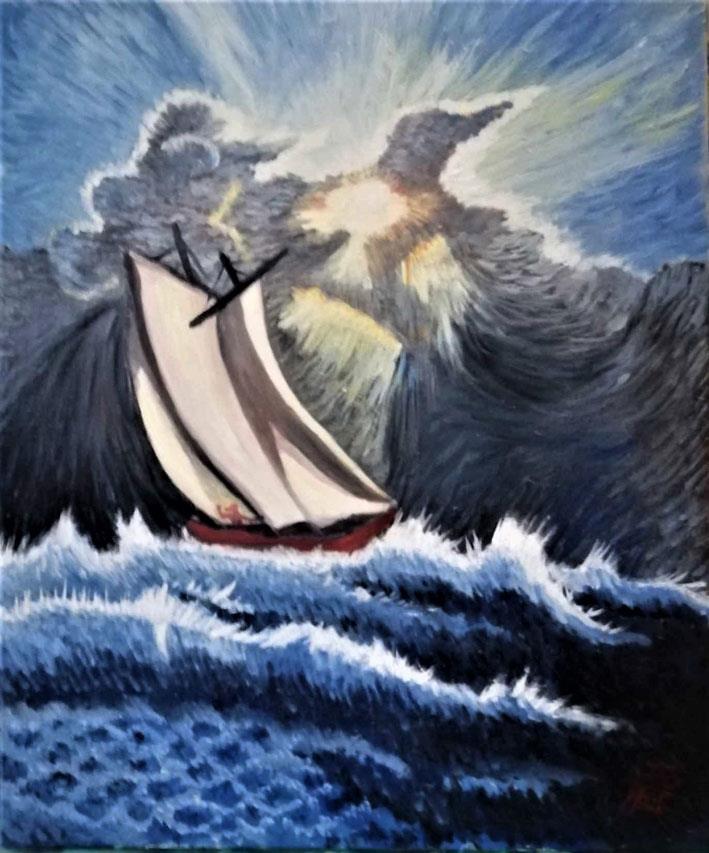
His engagement with Maltese identity is both reflective and exploratory. "I love all kinds of art: traditional, modern and abstract," he says. "I practise all types depending on my feelings and moods." This openness is engrained in a philosophy informed not only by formal art education, but also by personal growth. "After following philosophy studies at the seminary, I understood more how people's lives and feelings affect my painting and sculpture," he claims.
Cauchi's career has included numerous solo and collective exhibitions both locally and abroad, with works shown in London, Helsinki, Perugia, and various Maltese institutions, including the Wignacourt Museum and the German Maltese Circle in Valletta. He has also been a long-time member of the Malta Society of Arts and remains committed to the evolving dialogue between Maltese culture and contemporary art practice.
Timeless Hues captures the enduring spirit of Malta, its sacred rituals, everyday rhythms, and mythic imagination, through a palette rich in feeling and memory. Each painting becomes a portal into a moment that transcends time, rooted in personal observation yet resonant with collective heritage. For Cauchi, this is more than a showcase of technique; it is a visual meditation on a life lived alongside the island's changing faces. "I still feel I'm discovering Malta anew," he remarks. "Its beauty, its contradictions, these never stop evolving in my work."
This exhibition at the Waterfront Hotel is not just a selection of works of Cauchi's painterly achievements, but a celebration of Malta itself, its stories, people, and enduring cultural heartbeat. This collection of paintings is a testament to how art can serve as both a mirror and a lamp; reflecting tradition while illuminating new ways of seeing.
Professor Louis Laganà PhD (Lough) is an academic, art critic and practising artist
